Home>Gardening & Outdoor>Outdoor Recreation & Activities>How Does A Frisbee Fly?
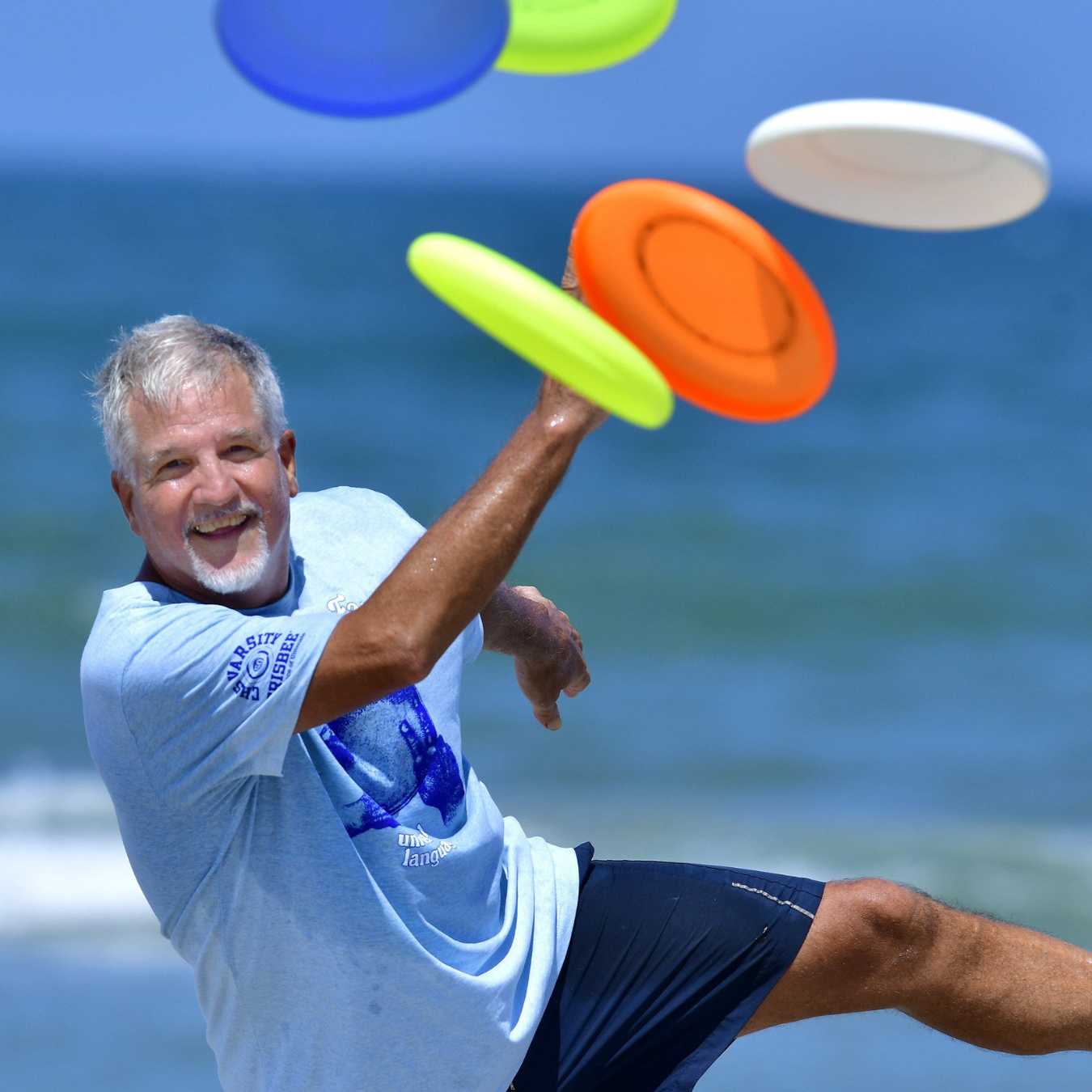

Outdoor Recreation & Activities
How Does A Frisbee Fly?
Modified: February 18, 2024
Discover the science behind how a frisbee flies and learn about outdoor recreation and activities. Explore the physics and techniques of frisbee flight.
(Many of the links in this article redirect to a specific reviewed product. Your purchase of these products through affiliate links helps to generate commission for Storables.com, at no extra cost. Learn more)
Introduction
Frisbee, a simple yet captivating flying disc, has been a source of joy and entertainment for people of all ages for decades. Whether it's a casual game at the park or a competitive Ultimate Frisbee match, the flight of this disc never fails to mesmerize both players and spectators. But have you ever wondered how a Frisbee is able to defy gravity and glide through the air with such grace and precision?
In this article, we will delve into the fascinating world of Frisbee flight, exploring the physics behind its aerial maneuvers, the factors that influence its trajectory, and the techniques used to propel it through the air. By gaining a deeper understanding of these elements, you'll not only appreciate the artistry of Frisbee flight but also enhance your own skills in throwing and catching this iconic disc.
So, grab your Frisbee, head outdoors, and prepare to embark on a journey through the captivating realm of aerodynamics and athleticism. Let's uncover the secrets of how a simple plastic disc can defy gravity and soar through the skies with elegance and precision.
Key Takeaways:
- The flight of a Frisbee is a mesmerizing blend of physics and skill, where spin, air pressure, and release angle work together to defy gravity and create graceful aerial maneuvers.
- Factors like wind, disc design, and throwing techniques shape a Frisbee’s flight. Adapting to these influences empowers players to master precision, distance, and finesse in their throws.
Read more: How Much Does A Frisbee Weigh?
The Physics of Frisbee Flight
The flight of a Frisbee is a remarkable display of aerodynamic principles in action. At its core, the ability of a Frisbee to stay aloft and maneuver through the air is governed by the fundamental laws of physics. To comprehend the intricacies of Frisbee flight, it's essential to explore the key principles that underpin its graceful trajectory.
Aerodynamic Forces
When a Frisbee is launched into the air, it encounters various aerodynamic forces that dictate its flight path. The most prominent forces at play are lift, drag, and gravity. Lift, generated by the spinning motion of the Frisbee, counteracts the force of gravity, allowing the disc to defy the pull of the earth and remain airborne. This lift force is a result of the air pressure differential between the top and bottom surfaces of the spinning disc, creating an upward force that sustains its flight.
Spin and Stability
The spin imparted to the Frisbee by the thrower plays a pivotal role in stabilizing its flight. As the disc spins, it creates gyroscopic stability, akin to the way a spinning top maintains its balance. This gyroscopic effect enables the Frisbee to resist tilting and wobbling, ensuring a smoother and more predictable trajectory through the air. Additionally, the spin contributes to the generation of lift, further enhancing the disc's aerodynamic stability.
Angle of Attack
The angle at which the Frisbee is released relative to the oncoming air, known as the angle of attack, significantly influences its flight characteristics. By adjusting the angle of attack, throwers can manipulate the lift and drag forces acting on the disc, thereby controlling its altitude, speed, and direction. A shallower angle of attack produces greater lift, propelling the Frisbee to higher altitudes, while a steeper angle results in increased drag, slowing down the disc's forward motion.
Read more: What Is A Frisbee?
Airflow and Bernoulli's Principle
The airflow around a spinning Frisbee adheres to Bernoulli's principle, which states that faster-moving air exerts lower pressure than slower-moving air. This phenomenon contributes to the generation of lift, as the air passing over the curved upper surface of the disc accelerates, creating a region of lower pressure that lifts the Frisbee upward. Simultaneously, the air beneath the disc experiences higher pressure, further aiding in the generation of lift.
In essence, the flight of a Frisbee is a harmonious interplay of aerodynamic forces, spin-induced stability, and precise control of the angle of attack. By mastering these fundamental principles, throwers can unleash the full potential of the Frisbee, guiding it through the air with finesse and accuracy.
The next section will explore the various factors that influence the flight of a Frisbee, shedding light on the environmental and design elements that shape its aerial performance.
Factors Affecting Frisbee Flight
The flight of a Frisbee is influenced by a myriad of factors, encompassing both environmental conditions and design characteristics. Understanding these influential elements is crucial for optimizing the performance and control of the disc during play. Let's explore the key factors that shape the trajectory and behavior of a flying Frisbee.
Environmental Factors
Wind Speed and Direction
The prevailing wind conditions exert a substantial impact on the flight of a Frisbee. Wind speed and direction directly influence the disc's stability, lift, and lateral movement. A headwind, blowing against the direction of the throw, can enhance lift and prolong the disc's airborne duration, while a tailwind may expedite its forward speed. Crosswinds pose a challenge, necessitating adjustments in throwing technique to compensate for the wind's lateral force.
Air Density
The density of the surrounding air affects the aerodynamic performance of a Frisbee. In thinner air at higher altitudes, the disc encounters reduced air resistance, potentially leading to longer flight distances. Conversely, denser air at lower altitudes may enhance stability and control but could limit the disc's overall range.
Design and Material Characteristics
Weight and Rim Configuration
The weight distribution and rim design of a Frisbee significantly impact its flight dynamics. Heavier discs exhibit greater momentum and stability, making them well-suited for windy conditions and long-distance throws. Conversely, lighter discs are more maneuverable and conducive to intricate mid-air maneuvers. The rim configuration, including its shape and width, influences the disc's aerodynamic profile, affecting its lift and drag properties.
Surface Texture
The surface texture of a Frisbee, whether smooth or textured, can alter its aerodynamic behavior. A smooth surface minimizes air resistance, promoting longer flights and higher speeds. In contrast, a textured surface may enhance grip and control, particularly in windy or humid conditions, albeit at the expense of some aerodynamic efficiency.
Read more: Frisbee: How To Throw
Release Technique and Spin Rate
Release Angle and Velocity
The angle and velocity at which a Frisbee is released profoundly impact its flight path. A flatter release angle tends to generate greater lift, propelling the disc to higher altitudes, while a more elevated release angle may result in a more direct and faster trajectory. The release velocity determines the initial speed of the disc, influencing its overall distance and flight duration.
Spin Rate
The rate of spin imparted to the Frisbee during the throw plays a pivotal role in its stability and aerodynamic performance. A higher spin rate enhances gyroscopic stability, minimizing wobbling and ensuring a smoother flight. Additionally, increased spin contributes to greater lift, enabling the disc to maintain altitude and resist gravitational forces more effectively.
By comprehending and adapting to these multifaceted factors, players can harness the full potential of a Frisbee, optimizing its flight characteristics and mastering the art of aerial disc control. Whether navigating gusty winds or executing precision throws, a nuanced understanding of these influences empowers players to elevate their Frisbee prowess and revel in the exhilarating dynamics of flight.
Techniques for Throwing a Frisbee
Mastering the art of throwing a Frisbee is a blend of skill, finesse, and understanding the fundamental mechanics of flight. Whether you're aiming for pinpoint accuracy or unleashing powerful, long-distance throws, employing the right techniques can elevate your game and unlock the full potential of this iconic flying disc. Let's explore the essential techniques for throwing a Frisbee with precision and flair.
Grip and Stance
The foundation of a successful Frisbee throw lies in the grip and stance adopted by the thrower. The most common grip is the "power grip," where the index finger is placed along the edge of the disc, providing stability and control during the release. Additionally, the thumb rests on top of the disc, exerting pressure to maintain a secure hold. As for the stance, a balanced and stable posture is crucial. Position your feet shoulder-width apart, with your throwing arm extended backward, ready to unleash the disc with fluid motion.
Windup and Release
The windup phase sets the stage for the throw, allowing the thrower to generate momentum and power. As you bring the Frisbee behind you, rotate your hips and shoulders in the direction of the intended throw. This winding motion stores potential energy, which is then transferred into the disc during the release. When it comes to the release, timing and technique are paramount. Aim to release the Frisbee at the peak of your forward momentum, ensuring a smooth and controlled delivery. The flick of the wrist imparts spin to the disc, stabilizing its flight and enhancing its aerodynamic performance.
Throwing Styles
Various throwing styles cater to different scenarios and objectives. The backhand throw, characterized by a fluid, sweeping motion across the body, is a versatile and widely used technique. It offers accuracy and control, making it suitable for short to mid-range throws. On the other hand, the forehand or "flick" throw involves a sideways wrist snap, generating rapid spin and velocity. This technique excels in achieving tight spirals and executing precise throws, particularly in windy conditions. Additionally, the overhead or "hammer" throw, where the Frisbee is released vertically over the head, is ideal for navigating obstacles and executing unconventional trajectories.
Adjusting for Wind and Distance
Adapting your throwing technique to accommodate varying wind conditions is essential for consistent and reliable throws. When facing a headwind, increase the velocity of your throw to counteract the wind's resistance, ensuring the disc maintains its intended trajectory. Conversely, when throwing with a tailwind, adjust your release angle and spin to harness the wind's assistance, propelling the Frisbee with enhanced speed and distance. For long-distance throws, focus on generating maximum spin and velocity, optimizing the disc's aerodynamic lift and stability to achieve impressive distances.
Practice and Adaptation
Ultimately, honing your Frisbee throwing skills hinges on dedicated practice and a willingness to adapt and refine your techniques. Experiment with different grips, stances, and release angles to discover the nuances that suit your style and objectives. Embrace the challenges posed by varying wind conditions, terrains, and play environments, using each experience as an opportunity to enhance your proficiency and versatility as a Frisbee thrower.
By embracing these techniques and committing to continuous improvement, you can elevate your Frisbee throwing prowess, adding finesse and precision to your aerial disc maneuvers. Whether engaging in casual recreational play or competitive Ultimate Frisbee matches, the mastery of these techniques will undoubtedly enhance your enjoyment and success in the captivating realm of Frisbee flight.
Conclusion
In conclusion, the flight of a Frisbee is a captivating fusion of physics, athleticism, and skill, culminating in a mesmerizing display of aerial dynamics. By unraveling the underlying principles of aerodynamics, spin stability, and angle of attack, we gain a profound appreciation for the graceful trajectory of this iconic flying disc. The interplay of environmental factors, design characteristics, and release techniques further enriches the multifaceted art of Frisbee flight, offering a rich tapestry of influences that shape its airborne performance.
As we navigate the realm of Frisbee flight, we discover the profound impact of wind conditions, air density, and disc design on the disc's behavior, underscoring the need for adaptability and strategic adjustments during play. The nuanced techniques for throwing a Frisbee, encompassing grip, stance, windup, release, and throwing styles, empower players to unleash the full potential of the disc, whether aiming for precision, distance, or finesse.
Ultimately, the journey through the world of Frisbee flight transcends mere physical mechanics, evolving into a symphony of skill, creativity, and adaptability. It beckons players to embrace the ever-changing dynamics of wind and terrain, to refine their techniques through dedicated practice, and to revel in the sheer joy of propelling a simple plastic disc through the boundless expanse of the sky.
As we bid adieu to this exploration of Frisbee flight, let us carry forth a newfound reverence for the artistry and ingenuity that underpin this timeless pastime. Whether engaging in lighthearted games with friends or competing in spirited tournaments, may we approach each throw with a blend of scientific curiosity and unbridled enthusiasm, honoring the legacy of the Frisbee as a symbol of joy, camaraderie, and the unyielding spirit of human ingenuity.
Frequently Asked Questions about How Does A Frisbee Fly?
Was this page helpful?
At Storables.com, we guarantee accurate and reliable information. Our content, validated by Expert Board Contributors, is crafted following stringent Editorial Policies. We're committed to providing you with well-researched, expert-backed insights for all your informational needs.
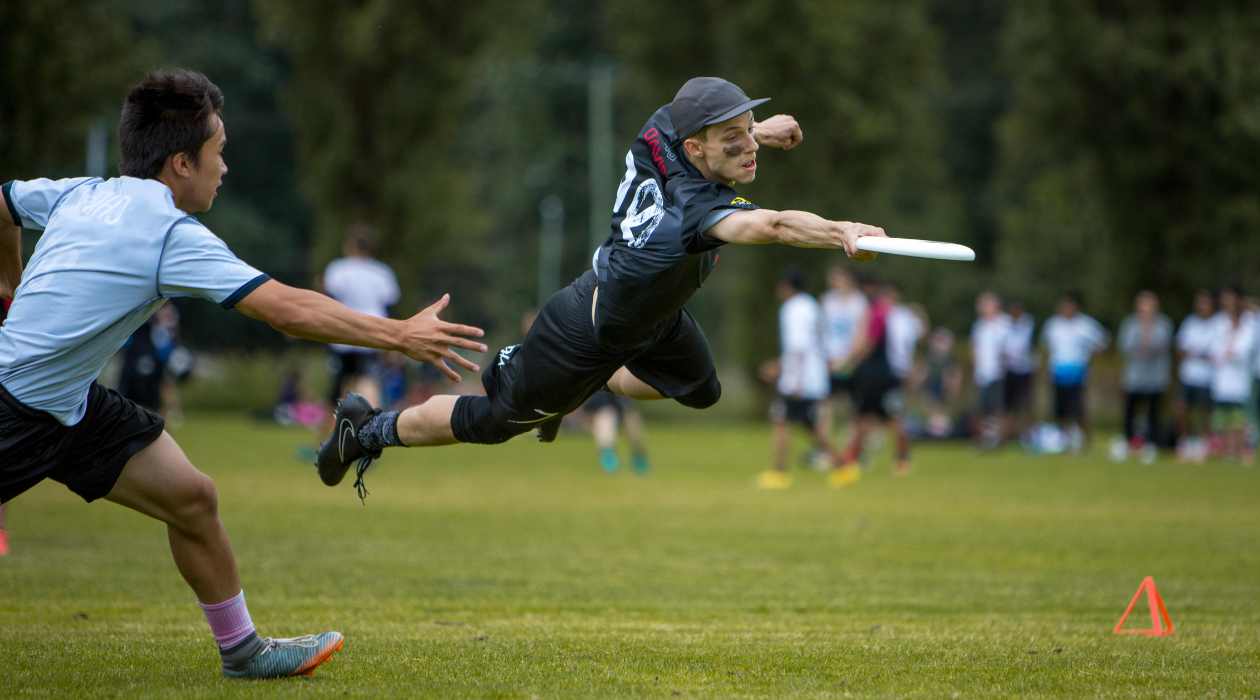
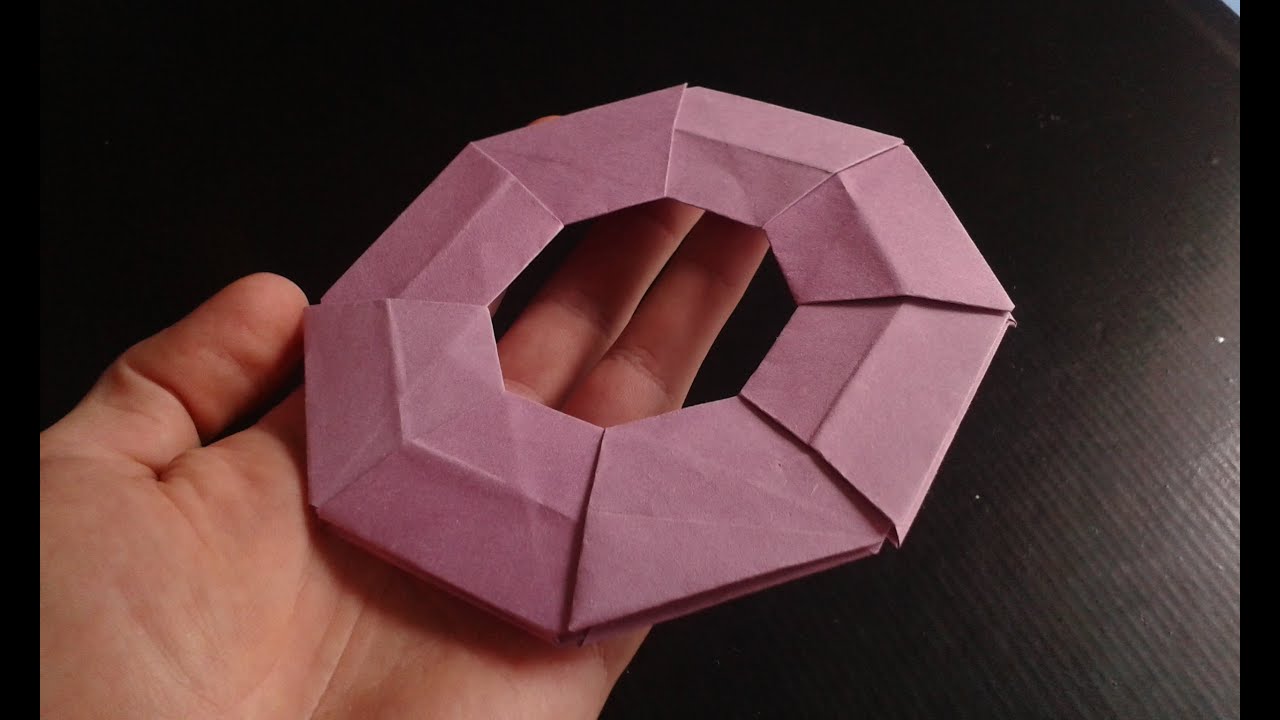


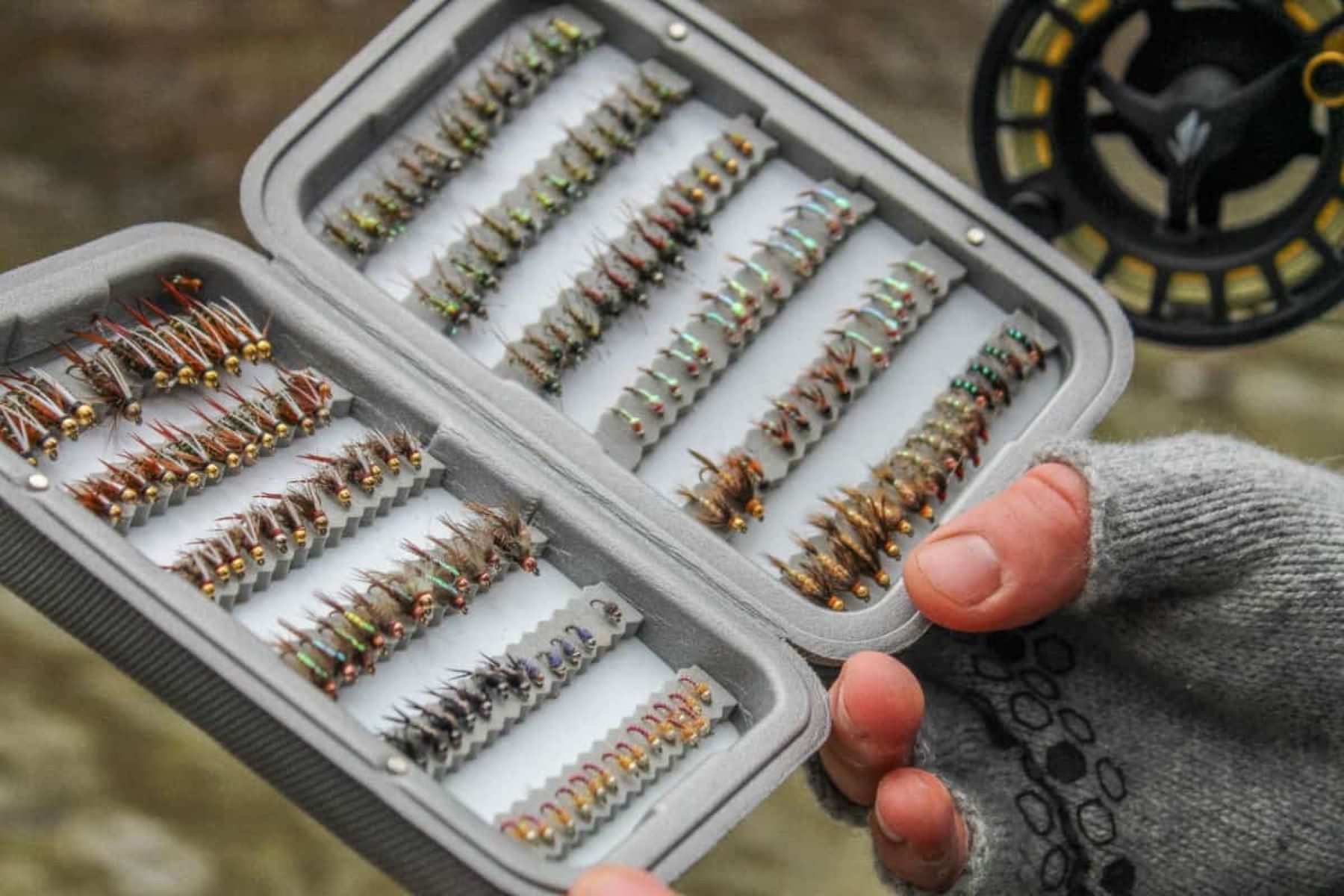
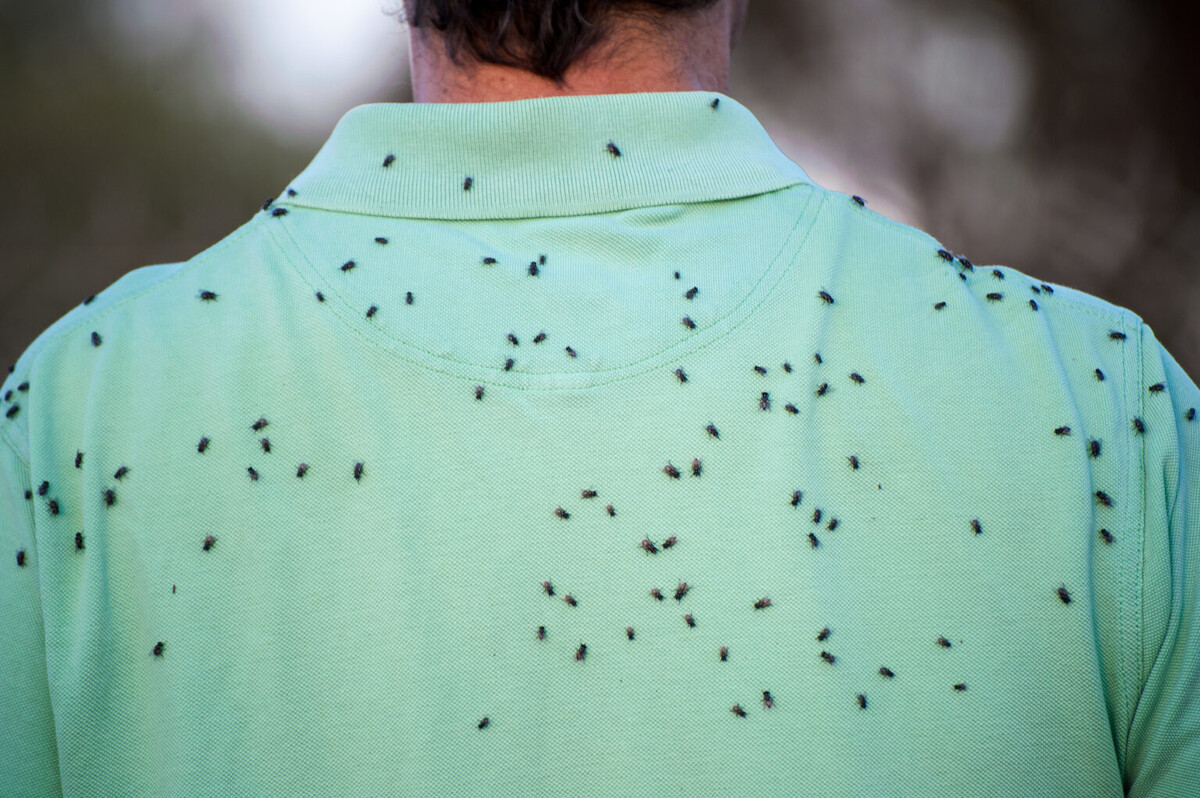
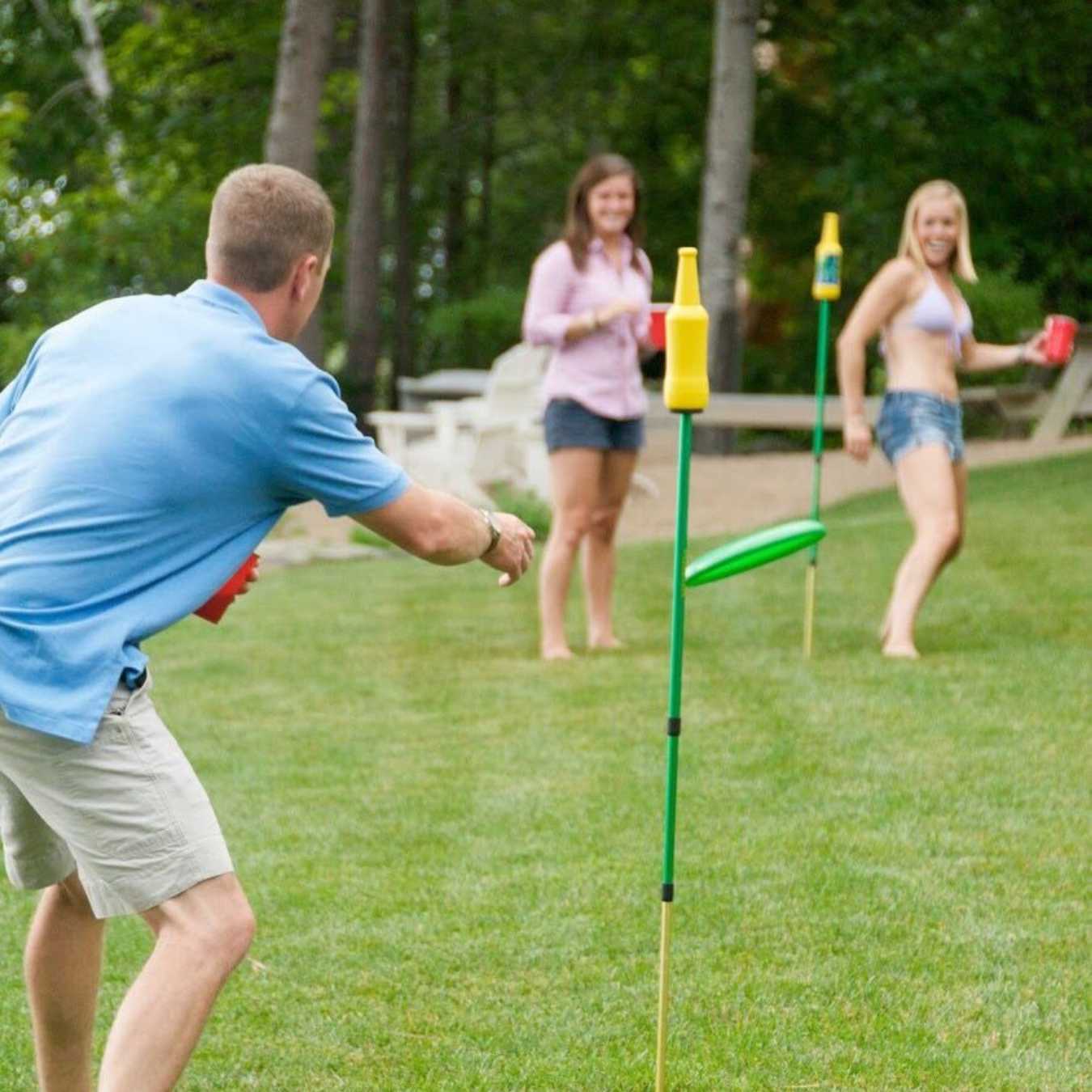



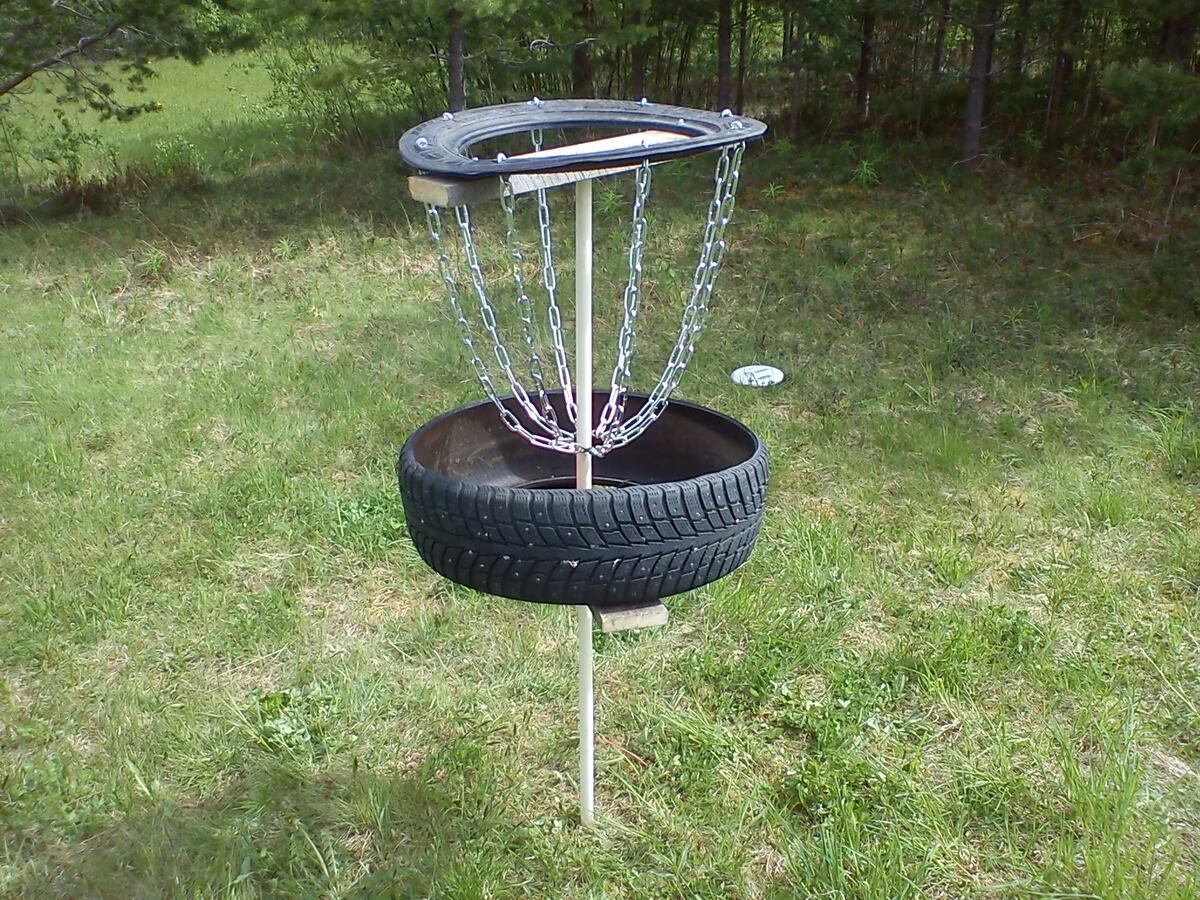


0 thoughts on “How Does A Frisbee Fly?”